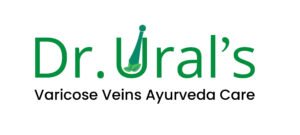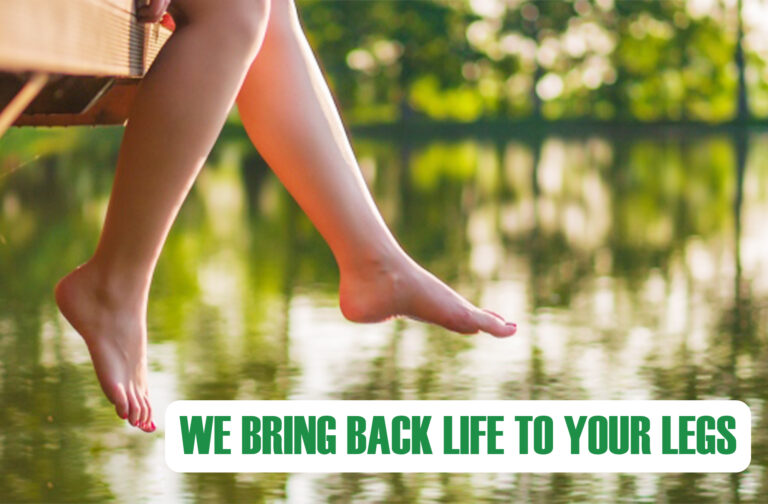
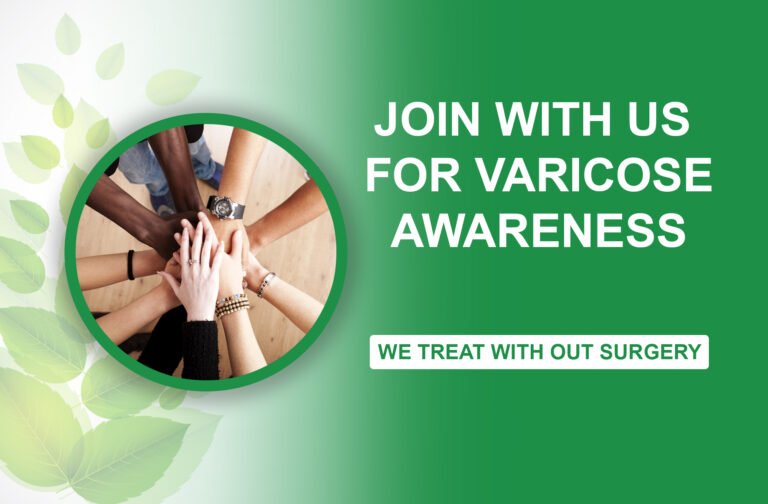
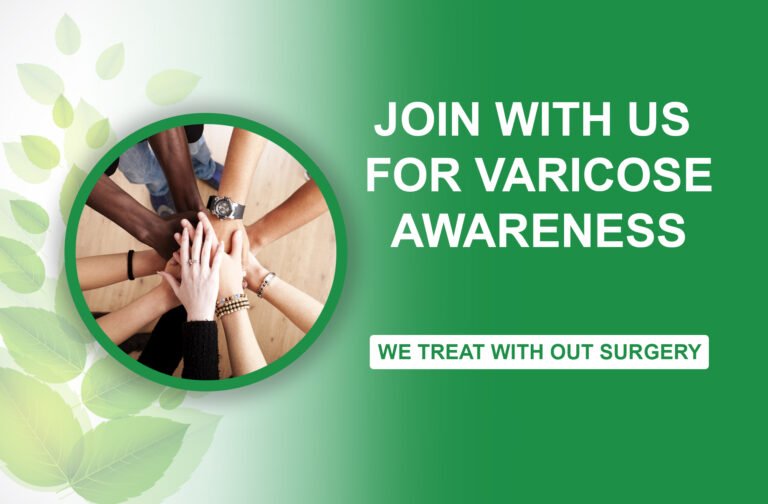
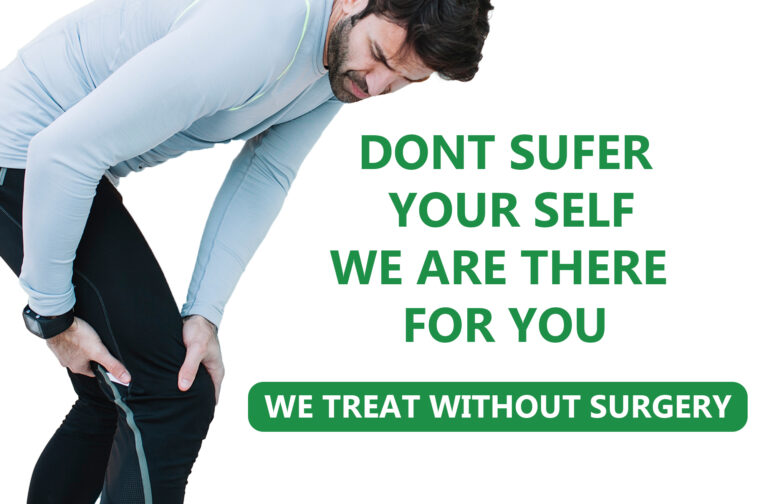
DVT
Deep vein thrombosis (DVT) is the manifestation of Venous thromboembolism (VTE) i.e., blood clot / clots in one or more deep vein, incidences of 8 to 20% is seen. Most commonly the calf or thigh leading to symptoms like pain, swelling, redness, enlarged veins in the affected area, but some DVTs have no symptoms.
Over a century ago, Rudolf Virchow described 3 factors that are critically important in the development of venous thrombosis: Virchow triad are;
- Venous stasis : Anything obstructing or slowing flow of venous blood
- Activation of blood coagulation: Biochemical imbalance between circulating factors
- Vein damage : Intrinsic or extrinsic
Predisposing or common risk factors identified are;
- Diseases:
- Hypertension, Diabetes, Neurological diseases, Stroke, Myocardial infarction, Heart failure, Inflammatory bowel disease, Previous DVT, COPD
- Malignancy (abnormal coagulation, pressure, chemotherapy) especially genitourinary cancer are of highest risk
- Lifestyle:
- Immobilization > 3days
- Obesity
- Treatment:
- Surgery: Orthopaedic, Cancer
- Ventilator dependent
- Hormones:
- High level of homocysteine in males
- Oral contraceptives and hormone replacement therapy for postmenopausal
- Trauma
- Pregnancy and postpartum period
- Anatomical variations
- The clot(s) can cause partial or complete blocking of circulation in the vein causing
- Most common symptom swelling of limb/Oedema
- Extremity discomfort/ pain
- Discolouration/ erythema of skin over thrombosis area or warmth feeling
- DVT can be an “acute” incidence also where symptoms relived by successful treatment
- Dyspnoea, cough, Fever etc.,
Note: Person with DVT history will be at increased risk of subsequent episodes throughout their lives
Complications:
Among 23-60% of patients in two years will have complication is post-thrombotic syndrome, which can cause pain, swelling, a sensation of heaviness, itching, Varicose vein, brownish or reddish skin discoloration and ulcers
- Radiological: Doppler ultrasonography or Venography or Duplex ultrasonography. CT or MRI if required
- Blood test: CBC and coagulation profile
Note: Most of cases classical symptoms have negative venography and those with image-documented venous thrombosis lack specific symptoms
Contemporary Treatment:
- Medical management :
- Anticoagulants and blood thinners
- Wear graduated compression stockings
- Affected leg elevation
- Walking
- Surgical management :
- Endovascular intervention procedures; Mechanical thrombectomy, angioplasty or stenting
- Surgical thrombectomy
- Inferior vena cava filters
Our treatment: Aimed to counteract the primary cause of DVT i.e.
- Reducing venous stasis : Anything obstructing or slowing flow of venous blood
- Regulating blood coagulation : Biochemical imbalance between circulating factors
- Reducing vein damage : Intrinsic or extrinsic
- Bloodletting therapy: To reduce venous stasis and deactivating blood coagulation
- Leach therapy (Jalaukaavacharana): Nontoxic leeches are used to suck the blood from the affected area which is pain less procedure and specially indicated in people sensitive to pain like Children, Elderly, Females
- Along with removing stagnated blood it release as chemical known as Hirudinto our body. It is a powerful anticoagulant which is only found in salivary glands of leech does blood thinning, avoid or dissolve the blood clots.
- Venipuncture (Siravyadha): More stasis of blood leading to severe pain, paraesthesia and altered skin colour and texture etc.,
- About 100 to 300 ml of blood is removed at once, just like how blood is drawn during blood test or donating blood
- Physiological blood thinner;physiologically, sudden blood volume loss is compensated by draining body fluids into blood to avoid hypovolemic shock, which is a natural blood thinner and reduces blood viscosity being diluted by body fluids to improve circulation through maintained blood volume
- Avoid chance of clot formation and it’s further complications
- Internal medication: Specially formulated Dr. Ural’s syrup and tablets are having multidimensional effects in eradicating the cause from root levels,
- By purifier and thinning blood, helps to mobilise stagnated blood in veins towards heart as well as enhance optimal function by stimulating collateral circulation
- By enhancing liver function it optimise quality of blood production and removal of toxins due to stasis
- In Ayurveda blood vessels are originated from blood tissues (UpaDhatuof Rakta). Structural and functional rectification of veins are facilitated by optimized functions of blood.
- Ayurveda concept of tissue (Dhatu) nourishment, Mamsa(Muscle tissue) is successive Dhatu nourished after Rakta, once the formation Rakta is optimum thus naturally it nourish Mamsa to regain its strength and stability in veins i.e., tunica media (muscular) layer of vein and elastic valves regain their strength enabling the function of valves and vein.
- Oil application: Specially formulated Dr. Ural’s oil is advised to apply very gently (very less pressure) towards heart direction (upwards) for 15 mints / day and leave it for minimum 3 hours
- Helps to improve circulation
- Improve elasticity of veins
- Strengthen the vein, valves of vein and skin surface
- Reduce strain and heaviness of muscles
- For prevention and to accelerate healing Diet, lifestyle, Yogasana and Pranayama are advised as per the individual need depending on their Prakruthi, Occupation, Age, severity of varicose vein and associated comorbidities.
